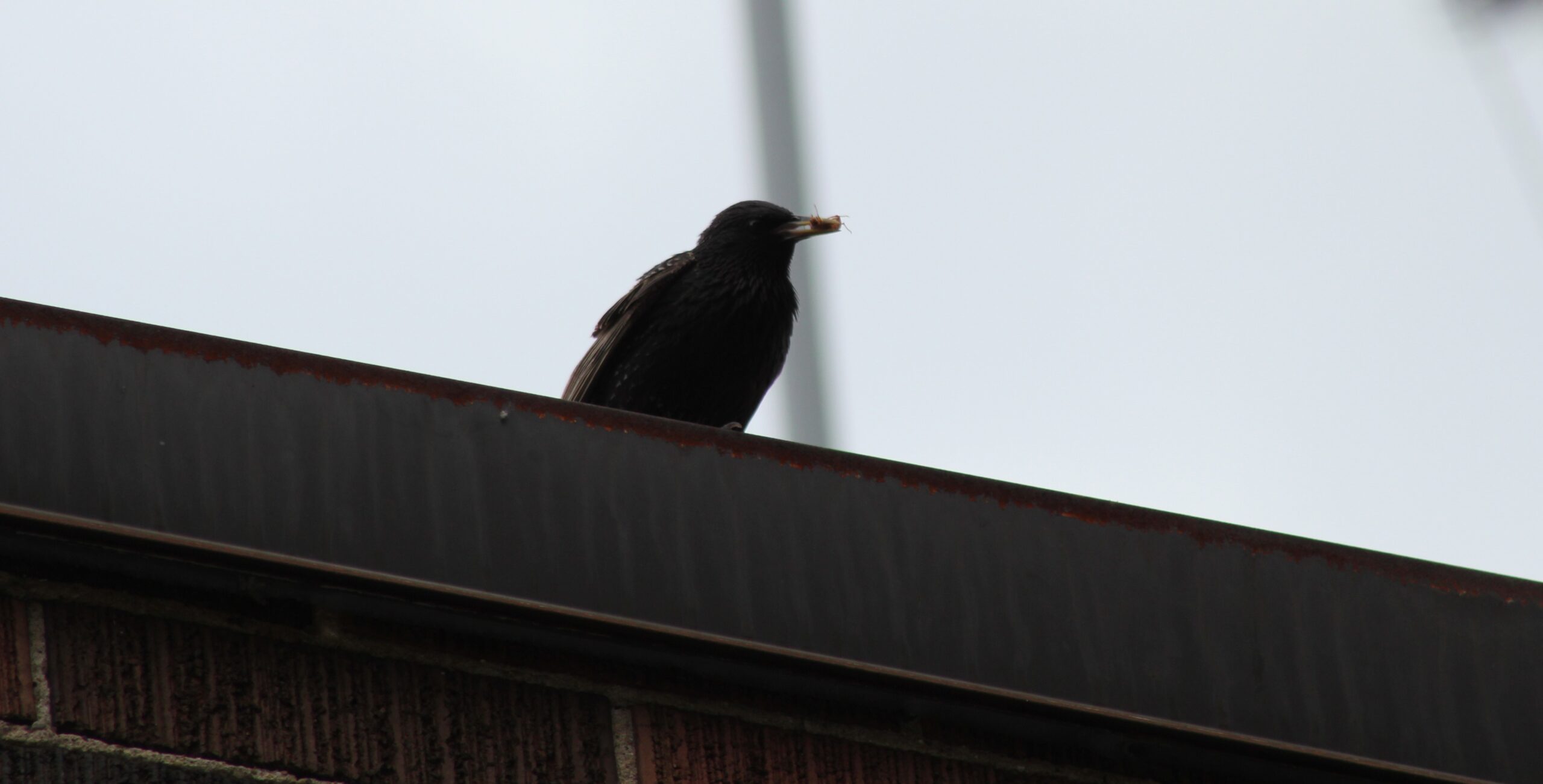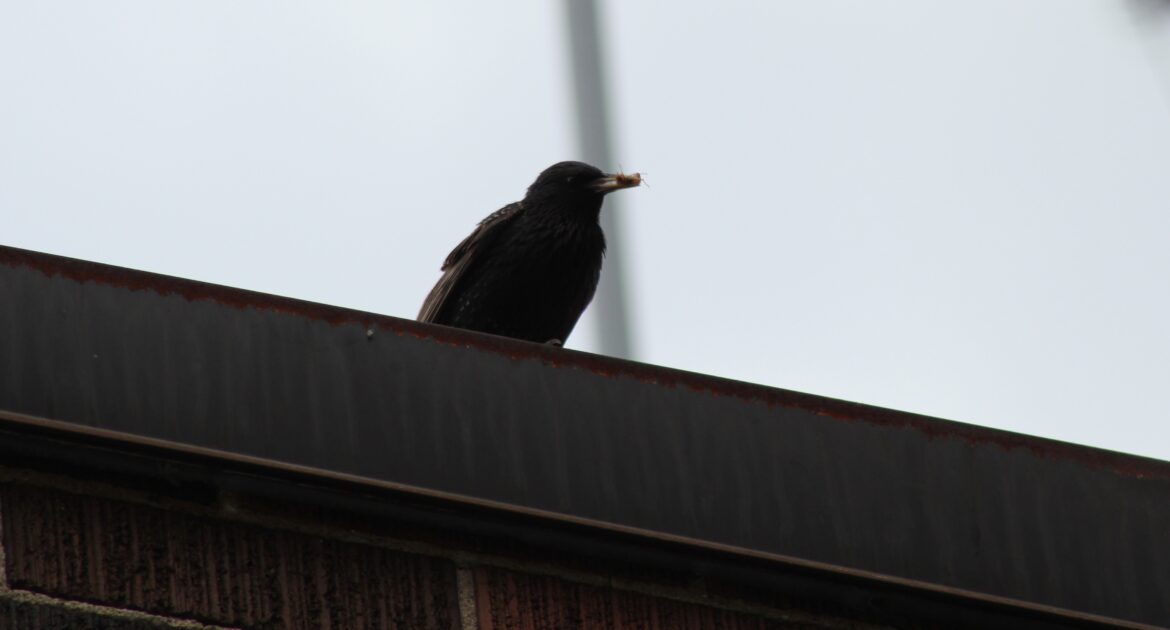Birds may look harmless as they flutter around outside, but when they settle into your home or business, they can bring serious headaches. These silent invaders often sneak into hidden spaces, building nests and causing damage before you even realize they’re there. From clogged vents to messy droppings, they’re good at hiding the trouble they create, which is why recognizing the early signs of a bird infestation is so important.
One of the first clues might be unusual noises, like chirping or scratching in your walls or attic. You may also notice bits of nesting materials or increased bird activity around your property. These bird infestation indicators should never be ignored. Catching them early is key to avoiding repairs and protecting your family’s health.
Here’s the good news—there are ways to prevent these pests from taking over your space. At Skedaddle Humane Wildlife Control in Coquitlam, we’ve helped countless homeowners with bird nesting prevention. We’ll guide you through everything you need to know, from spotting warning signs to safeguarding your property. This guide will cover the most common indicators of a bird infestation and offer practical tips to keep your home safe.
Unusual Noises in Walls, Roofs, or Attics
Hearing odd sounds in your home can be unsettling, but it might be one of the first clues that birds have moved in. Birds often choose hidden spaces like walls, roofs, or attics because they offer safety and protection from predators. You might notice chirping, scratching, or rustling sounds, especially in the early morning or at sunset when birds are most active.
If these noises happen daily, it’s a strong sign that birds are nesting and getting comfortable inside your home. Don’t ignore these sounds—birds can multiply quickly, turning an isolated issue into a bigger problem. Listening closely and acting early is a simple way to catch the problem before it grows.
Nesting Materials in Unusual Places
Birds don’t just show up; they come prepared to build a home. They often bring nesting materials like twigs, feathers, and leaves to sheltered spaces where they feel safe. Common spots include gutters, vents, chimneys, and roof eaves, which naturally shield them from the elements.
If you’re noticing bits of debris in these places, it’s likely birds are in the process of setting up nests. It’s important to inspect these hidden areas regularly. Blocked vents can cause poor airflow or even create fire hazards around heat sources. Spotting these materials early not only helps you avoid a mess but can also prevent safety risks.
Droppings Around Entry Points
One of the messiest—and clearest—signs of bird activity is the presence of droppings near potential entry points. Birds tend to leave droppings near areas where they roost or nest, such as rooflines, balconies, or ledges. A noticeable buildup is a sure sign that birds have established themselves nearby.
These droppings aren’t just unsightly; they can corrode surfaces like roofs and vehicles over time. Even worse, they can carry bacteria and parasites, creating health risks for people. If you start seeing large amounts of droppings in the same area, it’s time to inspect your home and consider taking preventive measures.
Sudden Increase in Bird Activity Near Your Home
Have you started noticing more birds hanging around your property? A sudden uptick in bird activity could be a sign that they’ve found a nearby nesting site. Large groups of birds circling, perching, or frequently visiting the same spots around your home are strong indicators that they’ve claimed your space.
Certain bird species, like pigeons and starlings, are particularly drawn to urban homes and structures. They often look for ledges, attics, or rooflines where they can easily nest. Seeing these patterns day after day is a warning that you may already have a problem on your hands.
Strong, Unpleasant Odours
Bird infestations don’t just make noise—they can also leave behind foul smells. The combination of droppings, nesting materials, and rotting food that birds collect can create a musty or even ammonia-like odour.
If you’ve noticed strange smells concentrated in certain areas of your home, it could be a sign of hidden nests. These odours might seem minor at first, but as the infestation grows, the smell can become overwhelming. Addressing this issue early will save you from dealing with more significant problems later on.
Bird Infestation Prevention Tips
Prevention is always better than dealing with the trouble of removing birds after they’ve taken over your home. Keeping your property protected from these unwelcome guests can save you time, money, and frustration. With a few proactive steps, you can reduce the chances of a bird infestation or stop it before it even starts.
- Seal Entry Points: Birds are incredibly resourceful when it comes to finding ways inside your home. Check your property for any gaps or openings in siding, roofs, vents, and chimneys. Use vent covers, chimney caps, or mesh to block off access points. These small fixes can make a big difference in keeping birds out for good.
- Install Deterrents: You can make spaces less inviting to birds without harming them by setting up deterrents. Bird spikes are an excellent option for ledges or rooflines where birds might try to perch. Netting can also help cover larger areas and keep birds from getting too comfortable. Reflective strips or objects can further discourage birds from nesting in key areas.
- Cover Food Sources: Birds are naturally drawn to easy-access food. Make sure all garbage bins have tight-fitting lids to keep scraps out of their reach. If you feed pets outside, store their food indoors or in sealed containers. Removing simple food temptations can go a long way in keeping birds away from your property.
- Trim Overhanging Branches: Trees that have branches extending too close to your home can provide birds with an easy route to your roof. Regularly trim back branches so they don’t create a bridge into your home. This not only reduces nesting opportunities but also helps limit places where birds can perch and observe your property.
- Schedule a Professional Inspection: Even with all these safeguards, it’s not always easy to spot every possible risk. That’s where a professional can help. Scheduling an inspection with wildlife control experts ensures your home is thoroughly checked for existing or potential bird issues. Professionals like our team can advise you on how to protect your property long-term and address any problems humanely and effectively.
These prevention tips are easy to implement and can save you the headache of dealing with an infestation. The key is to remain vigilant and act on early signs of bird activity. A small effort now can spare you from a much bigger problem down the road.
Don’t Wait—Protect Your Home Today
The early detection of bird pests is essential to avoid costly property damage and protect against potential health risks. Spotting bird infestation indicators early helps you act quickly and keep your home safe. If you notice any warning signs, professional silent invaders prevention is the best way to handle the problem.
At Skedaddle Humane Wildlife Control in Coquitlam, we provide expert bird removal services using humane, long-term solutions that ensure your space is protected. Don’t wait for a small issue to turn into a big problem—contact us today to request a quote and learn more about how we can help!




